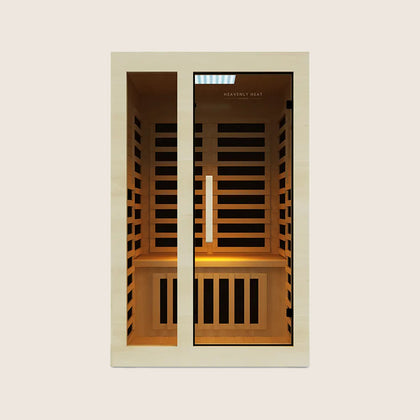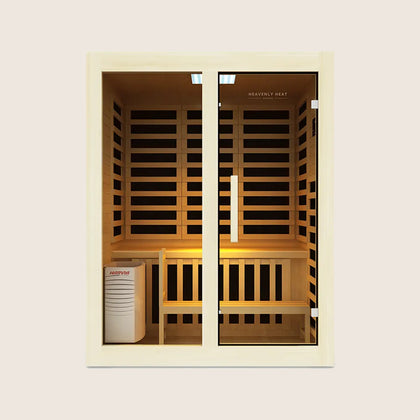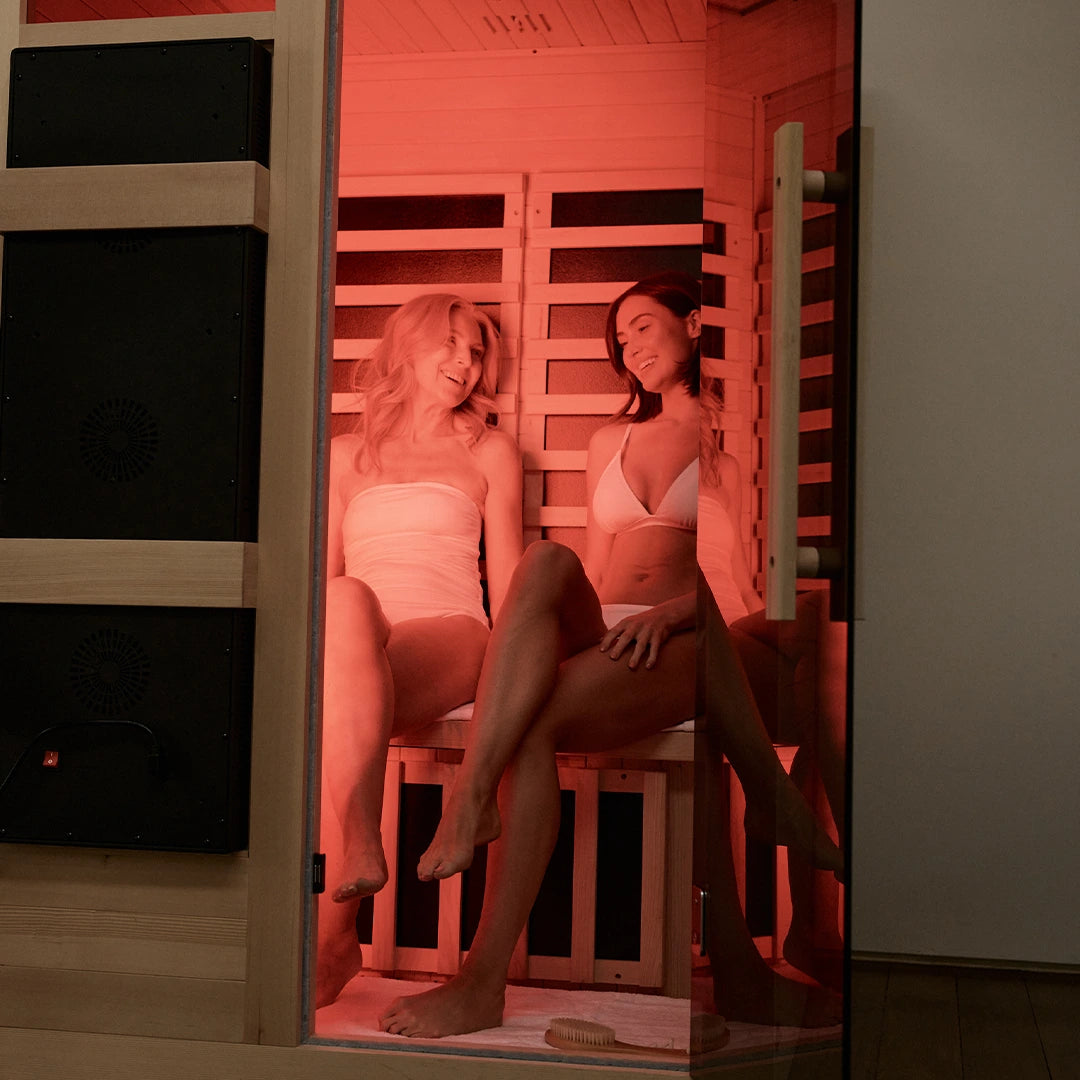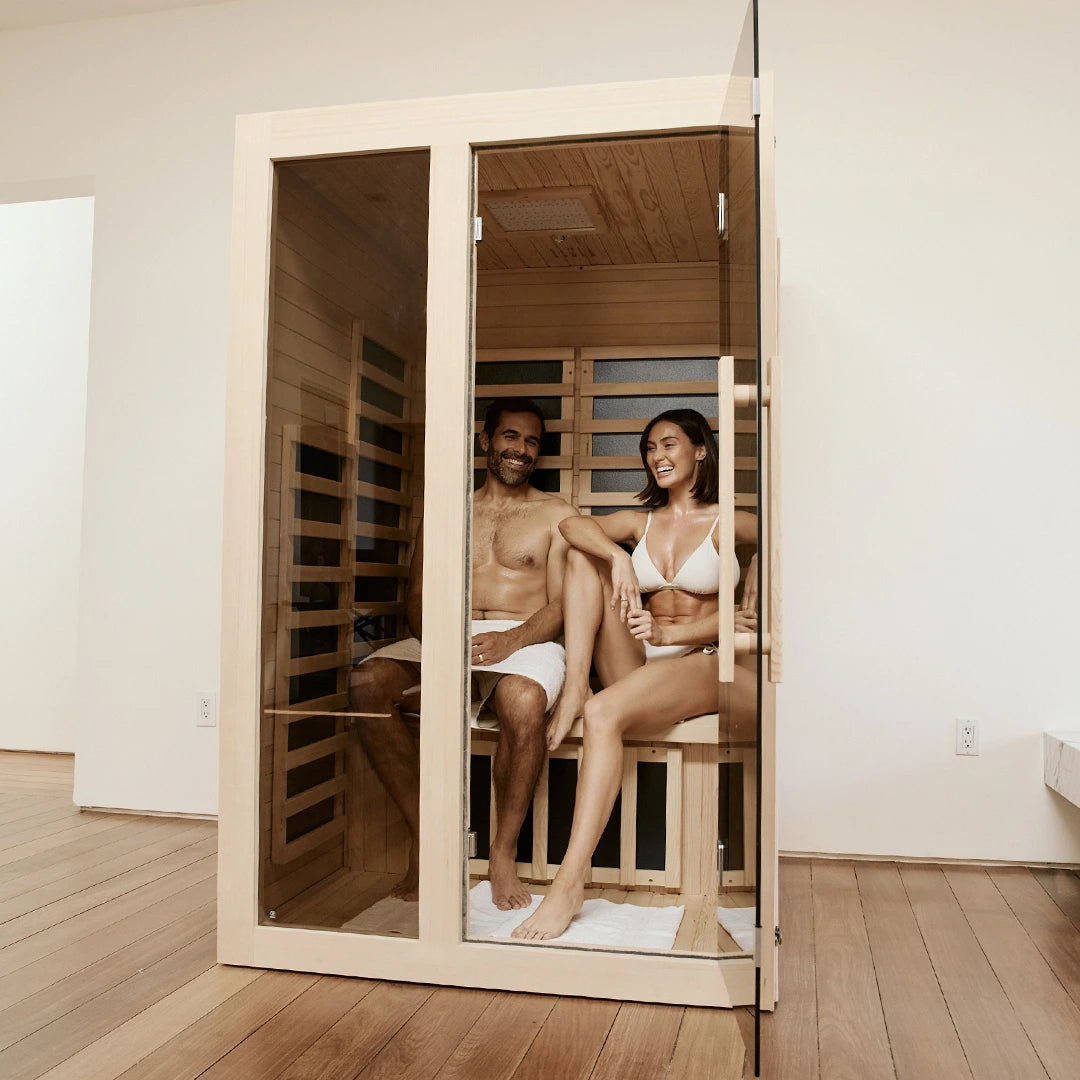Is It Better To Cold Plunge Before Or After Running?
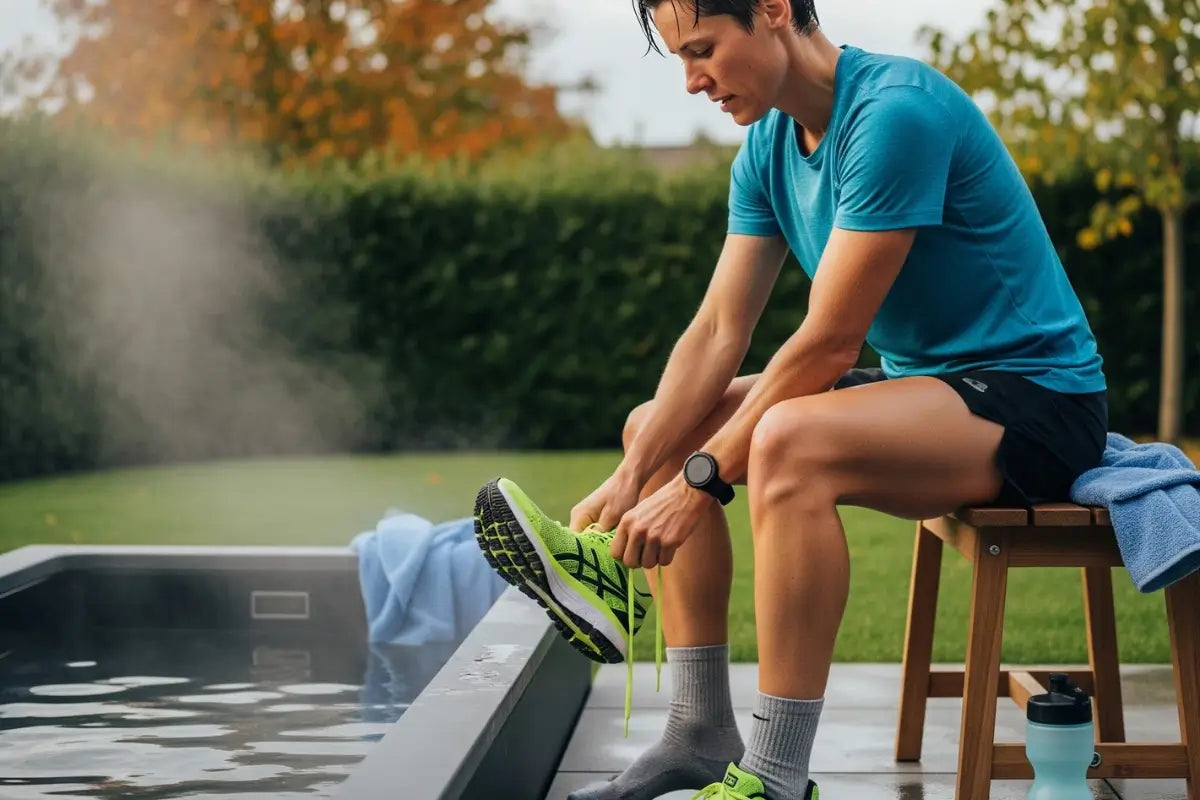
Struggling to decide whether to cold plunge before or after your run? Making the wrong choice could sabotage your performance or slow your recovery.
With so much conflicting advice, it’s easy to feel confused and frustrated. In this post, we break down the science and help you make the right call for your body and goals.
Table of contents
Key Takeaways
Use Cold Plunges Post-Run: They help reduce muscle soreness, inflammation, and fatigue.
Time It Right: Plunge within 30 minutes after a run for the best recovery benefits.
Boost Mental Toughness: Cold exposure sharpens focus and builds resilience.
Improve Sleep and Recovery: Full-body plunges can enhance sleep quality and nervous system regulation.
Be Cautious: Cold plunges offer benefits but come with risks—start slowly and listen to your body.
The Science Behind Cold Plunge & Running
If your legs feel like bricks after a tough run, a cold plunge might be just what you need. Cold water dips, also called cold water immersion (CWI),can help your body bounce back faster by fighting off muscle soreness, tiredness, and swelling.
When you plunge into cold water right after a hard workout, it cools your muscles, lowers inflammation, and helps flush out waste like lactate and creatine kinase that build up from intense effort.
In one 2023 review, scientists looked at 20 studies and found that cold plunges helped reduce soreness and tiredness right after workouts and even hours later.
Another study from 2022 reviewed 52 trials and found that people who used cold plunges had less muscle damage, felt more recovered, and got back their power faster.
The researchers said, “Cold water immersion is an effective recovery tool,” especially when used soon after exercise.
There weren’t any major side effects, but everyone responded differently. While cold plunges won’t make you a superhuman runner overnight, they can seriously help your recovery, just don’t expect magic.
Should I Cold Plunge Before or After Running?
Cold plunges before a run can boost performance and focus, while after a run they aid muscle recovery and reduce soreness.
Which is best depends on your body and goals, but both can improve circulation, reduce inflammation, and enhance mental clarity.
Cold plunges, whether done before or after a run, offer benefits like improved circulation, reduced inflammation, and enhanced mental clarity, with their best use depending on individual goals and body responses.

Benefits of Cold Plunge for Runners
Faster Muscle Recovery Post-Run
After a run, your muscles get tired, sore, and filled with waste like lactic acid. A cold plunge helps by quickly cooling your body, shrinking your blood vessels, and pushing out that waste.
Then, when you warm back up, fresh blood flows in with oxygen and nutrients to help your muscles heal faster.
A 2023 study in Frontiers in Physiology found cold plunging lowered soreness and boosted recovery in just 24 hours.
Reduced Inflammation and Soreness
A growing body of research supports cold plunging as a helpful recovery tool for runners dealing with soreness and fatigue.
A meta-analysis of 20 studies found that cold water immersion (CWI) significantly reduced delayed-onset muscle soreness (DOMS), perceived exertion, and muscle-damage markers like creatine kinase and lactate after high-intensity exercise.
In other words, runners who used CWI immediately after exercise felt less sore and recovered faster.
While another study showed CWI didn’t reduce inflammation more than light cycling, it still proved effective at easing pain and muscle stress, two key concerns for runners post-run.
Improved Mental Toughness and Focus
Cold plunging may do more than just wake you up, it can sharpen your mind and build mental resilience.
When you expose your body to cold water, your brain activates systems tied to focus, emotional control, and self-regulation.
In one study, participants who took a five-minute cold-water bath felt significantly more alert, attentive, proud, and inspired, with brain scans showing improved connectivity between regions tied to attention and emotion.
Another review analyzing over 3,000 people found cold exposure improved concentration and reduced stress over time, highlighting its potential as a powerful tool for mental clarity and toughness.

Better Sleep and Nervous System Regulation
Cold plunges don’t just cool you down, they help your body relax and sleep better too. When you dip into cold water, your core body temperature drops.
This shift helps your nervous system slow down, putting you into a calmer state that’s perfect for rest and recovery.
Full-body plunges, especially ones where your head goes under too, seem to work best. A 2021 study in Frontiers in Sports and Active Living found that runners who did full-body cold plunges after a tough run slept deeper, moved less during the night, and woke up feeling more recovered. It’s a simple way to boost both sleep and nervous system recovery.

Injury Prevention Through Regular Use
Cold plunging works by constricting blood vessels and reducing tissue temperature, which helps minimize inflammation, muscle micro-tears, and swelling, common causes of running-related injuries.
Over time, regular cold exposure supports quicker muscle recovery and strengthens the body’s natural stress response, making it more resilient to strain.
One study review found that cryotherapy, like cold plunging, significantly reduces delayed-onset muscle soreness and supports healing from general fatigue and muscle injury.
Another systematic review found that cold water immersion triggered short-term inflammation, which may actually prime the body for long-term benefits like improved immune function, less stress, and better recovery, helping runners stay injury-free.
Boosted Performance and Training Longevity
Cold plunges boost runner performance by reducing inflammation, accelerating recovery, and supporting consistent training.
They aid injury prevention, enhance muscle repair, and improve mental resilience. Integrating cold therapy helps runners train harder, recover faster, and build longevity without burnout, ensuring performance today and sustainability long-term.
Do You Cold Plunge Before or After Working Out?
Cold plunging before workouts can boost alertness and help in hot weather, but may stiffen muscles.
After workouts, it reduces soreness and speeds recovery but might slow muscle growth if done too soon.
Always warm up, start slowly, and listen to your body. Benefits and risks vary, choose what fits your goals and health.
How Long Should a Cold Plunge Last After Running?
According to a study, a cold plunge after a training session should last around 5–10 minutes at 12–15°C to help reduce muscle pain and soreness. Some athletes also use alternating cold and warm water for added benefits.
How Soon After Running Should You Do a Cold Plunge for Maximum Benefit?
For maximum benefit, do a cold plunge within 30 minutes after running, especially following intense sessions.
This timing reduces muscle inflammation and soreness by constricting blood vessels and speeding up recovery, according to experts. Delaying it may lessen its effectiveness in aiding post-run muscle repair.
Are There Any Risks Associated With Taking a Cold Plunge After Running?
Cold plunging after running may reduce soreness and improve circulation, but it carries risks like cold shock, hypothermia, and cardiovascular strain.
It may also hinder muscle growth and increase injury risk. Always consult a doctor, start gradually, and consider safer recovery methods if needed.
FAQs
Should I do a cold plunge before or after the sauna?
Wondering whether to do a cold plunge before or after the sauna? It’s generally best to take the cold plunge after the sauna. This helps your body retain heat, boosts circulation, and supports muscle recovery. According to Medical Science Monitor (2020), contrast therapy using heat and cold, especially infrared and cryotherapy, significantly improves blood flow, increases pain tolerance, and reduces muscle stiffness. These benefits suggest that ending with cold exposure, like a plunge after a sauna, can be more effective and convenient for recovery and overall wellness in both clinical and personal routines.
Should I do a cold plunge before or after a massage?
According to Sports Medicine 2012, massage can help with muscle recovery by improving blood flow, reducing muscle tension, and promoting relaxation. It also boosts mood and may reduce injury risk. For optimal results, it's generally recommended to do a cold plunge after a massage. The massage helps loosen tight muscles and improve circulation, while the cold plunge can reduce inflammation and soreness. Doing the cold plunge after allows the body to absorb the full benefits of the massage. Together, they enhance both physical recovery and mental well-being in a simple, effective way.
Should I do a cold plunge before or after a shower?
It’s best to do a cold plunge after a shower. Showering first helps clean your skin and warms up your body, which enhances the benefits of the cold plunge by creating a strong contrast that stimulates circulation and recovery. This order is particularly useful if you’ve just finished a workout or want to maximize the energizing and muscle-soothing effects. As a precaution, avoid stepping into the cold plunge immediately after a hot shower, give yourself a minute or two to cool down slightly to prevent shock or lightheadedness.
Is a warm bath good before running?
It’s better to take a warm bath after running rather than before. Post-run warm baths help relax muscles, improve circulation, and reduce soreness, aiding recovery. Bathing before a run can raise core temperature and over-relax muscles, potentially reducing strength and making the run harder. After running, wait 15–20 minutes before bathing to let your heart rate normalize and your body cool down. Stay hydrated and avoid very hot water, especially if you're lightheaded or dehydrated.
Should I do a cold plunge before or after hot yoga?
It’s best to do a cold plunge after hot yoga. The cold helps reduce inflammation, ease muscle soreness, and bring your body temperature back down. This contrast between heat and cold also improves circulation and speeds up recovery. Before plunging, let your body cool for 5–10 minutes to avoid shock. Stay hydrated and limit the plunge to 1–3 minutes. Skip it if you feel dizzy or lightheaded after class.



